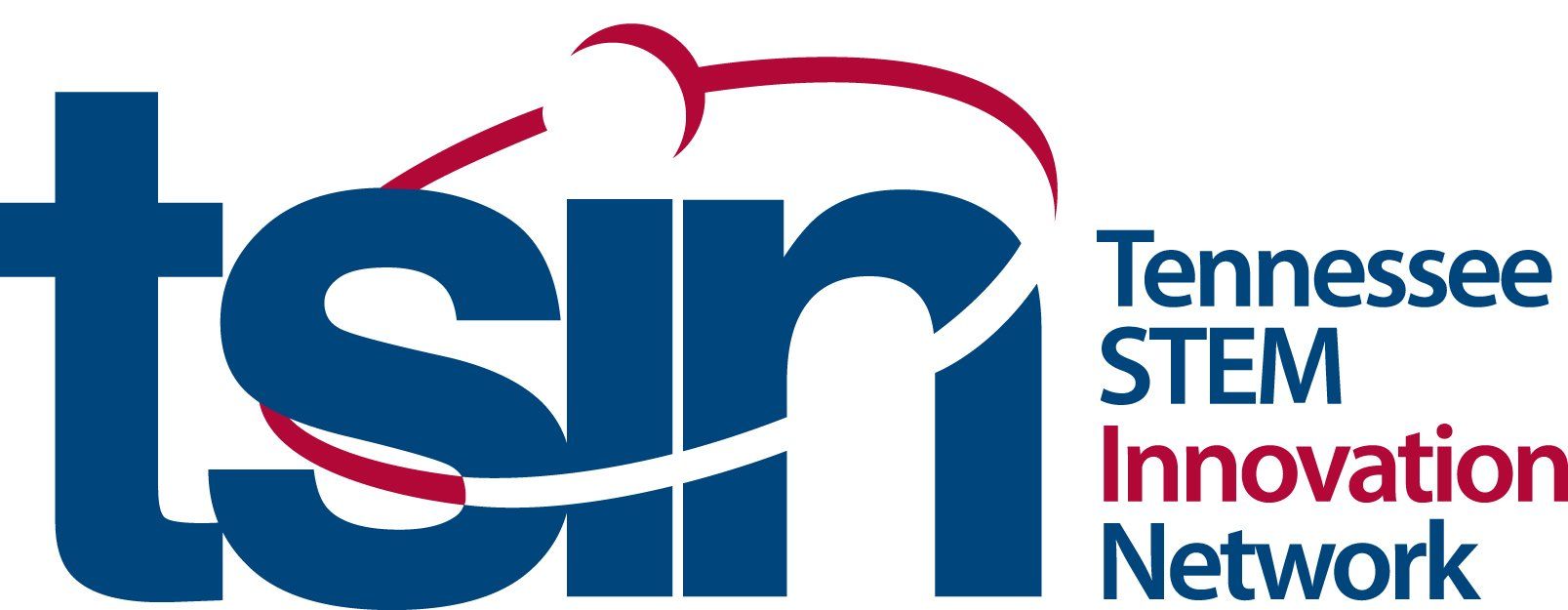Exploring National Aviation Month!
Maker Monday
November is National Aviation month! This week we are going to explore the history, advancements, and amazing facts. Flying has been fascinating for humans for as long as we can be remembered. Fables, folklore, and mythology tells us that people have always wanted to explore world from a bird's eye view.
Today, you will create your own airplane!
Step 1:
What is aviation? Aviation refers to the making and flying of aircraft that are heavier than air. That includes more than planes! Explore
this page on the history of aviation and learn how vast the field of aviation is.
Step 2: Are planes the fastest mode of transportation? Watch this video on how airplane engines keep airplanes in the air through thrust, air, and fuel intake. Have planes gotten faster over the years? Consider the engines, seats and airplanes from the past to present.
Step 3:
What does it take for an airplane to fly? Do you know what lift, thrust, drag, and weight are or why they are important when designing a paper airplane? Check out
these ideas by AvKids Program on how to create a paper airplane. Research what components of the airplane you need to make it fly quickly and far.
Step 4: Draw your design after watching
this resource. Be sure to label the parts of your airplane. Build and test your airplane from your design. Record how far your airplane flew. What changes can you make to help it fly farther? Think about thrust, weight, drag, lift, and style.
Step 5: Be sure to ask an adult to share design, airplane, and the data for your plane on social media using #MakerMonday & #LearningInPlaceTN!
Additional Resources:
Wonder Wednesday
The history of flight goes beyond the what most people can report. Famous flyers like the Wright Brothers are often the first names we think of when asked about flying. However, there are many other important people in the world of aviation. Have you ever wondered how people made it off the ground?
Today, you will ponder how aviation began!
Step 1: In the grand scheme of history, aviation appears earlier than you might think. Examine this timeline of aviation. Have you ever wondered if airplanes fly in a straight line? Check out these resources to learn more! Resource 1 & Resource 2
Step 2:
The Wright Brothers, Wilber and Orville, are credited with inventing the airplane. Have you ever imagined how did they created this wonder? How did they get the idea? Check out
this
video about the Wright Brothers. Then, visit
this site to explore how the idea of the airplane was
sparked.
Step 3: Amelia Earhart was not the only female pilot in her time, but she is one of the most memorable. Who was Amelia Earhart? Where did her flights take her? Explore
this research about her. To learn more about Amelia Earhart
here and her journey across the Atlantic.
Step 4:
Have you been to an air show? Some pilots, like Kirby Chambliss, are trained to do special tricks and synchronized flying maneuvers. Learn how
Kirby
completes these special tricks
here. There are also special planes that pilots use in these tricks. Learn more about those special planes
here.
Step 5: Ask a family member to share what you learned about airplanes on social media using #WonderWednesdayTN & #LearningInPlaceTN!
Additional Resources:
Future Friday
Aviation is more than just airplanes and flying. Various aircraft can be flown in flight from the ground. Careers are available in cargo transportation, working at an airport, and more. Looking for a flexible schedule in a career that isn't 9:00-5:00 every day? Some of these careers might be just what you are looking for.
Today, you will explore careers in aviation!
Step 1: What are some of the careers in aviation and aviation technology? Check out this video exploring aviation technology that allows you to choose many different careers in aviation. Explore this infographic about different career paths in aviation.
Step 2: Air Traffic Controllers help keep you safe while you're in the sky. Pilots communicate with them to know when to safely take off and land. Watch this video on how an Air Traffic Controller controls the traffic in the sky and explore this site to learn more about what kind of education Air Traffic Controller career requires.
Step 3: The aviation industry has many job opportunities at the airport. Check out some of the aviation management positions here. What would be your favorite job at the airport? Would you like to be a pilot or co-pilot? Or how about an aircraft and avionics mechanic? There are so many options!
Step 4: Aerospace Engineering encompasses wind turbines, motors, problem solving, and more. If this sounds fun, you might consider a career in Aerospace Engineering. Learn more about this field here. Find out how to become an Aerospace Engineer by exploring this site.
Step 5: Ask a family member to share something you learned about one of the careers using #FutureFridayTN & #LearningInPlaceTN!
Additional Resources:
Connecting Globally - We at TSIN believe STEM connects us all and in an effort to enhance those connections, the Resources for 2021 will be connected to the United Nations Sustainability Development Goals.
Goal 9: Build resilient infrastructure, promote inclusive and sustainable industrialization and foster innovation




